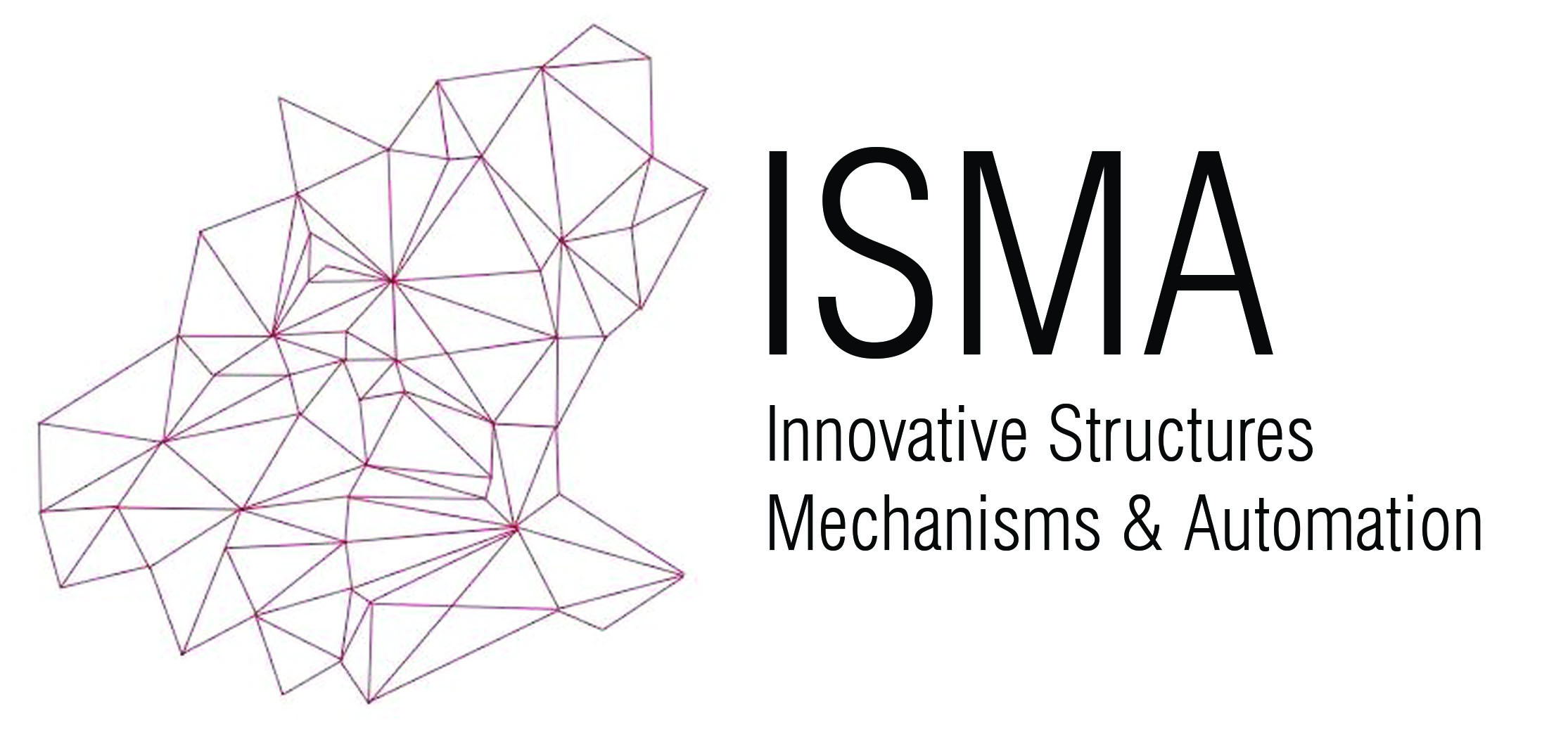- BAP 134 – “Development of Transformable Disaster Relief Shelters Using Scissor Linkages and Foldable Plates” funded by Yaşar University, (17.03.2023 – present) [Project coord. Feray Maden; Researchers: Yenal Akgün, Özgür Kilit, Consultants: Koray Korkmaz, Gökhan Kiper, Mustafa Gündüzalp; Scholar: Seda Tosun, İrem Yetkin]Natural and man-made disasters may leave thousands of people homeless; therefore, the most important need after disasters is shelter. The proposed research project mainly aims to develop alternative temporary disaster shelters by using scissor linkages and foldable plates, which can be rapidly deployed/unfolded to provide not only formal transformability and ease of transportability but also spatial flexibility and adaptability to changing conditions. This research will also focus on proposing alternative module combinations which can serve larger families or be used for different functions such as supply, medical or activity units.
- BAP128 – “Development and Fabrication of Novel Adaptive Building Envelope Systems: Use of Over-constrained and Compliant Mechanisms” funded by Yaşar University, (01.09.2022 – present) [Project coord. Yenal Akgün; Researchers: Canberk Kavuncuoğlu; Scholar: Pınar Neşeliler; Part-time project assistants: Gökalp Kalfa, Uğur Bakay]The proposed research project aims to investigate the potential applications of over-constrained mechanisms and compliant mechanisms obtained by the curved line folding technique as the main system of adaptive building envelopes. Parallel to this aim, the spatial capabilities of these mechanisms have been investigated. A solar shade system has been developed using compliant mechanisms and tendon-driven cable systems, aiming to minimize the number of motors/actuators that move the entire system. New applications have been proposed for highly constrained mechanisms, especially for the Bricard mechanism.
- BAP 101 – “Investigating Novel Architectural Uses and Fabrication Problems of Scissor-hinge Structural Mechanisms” funded by Yaşar University (01.03.2021 – 01.09.2022) [Project coord. Yenal Akgün; Researchers: Feray Maden, Özgür Kilit, Mustafa Gündüzalp; Scholars: Nazlı Hilal Sarısayın, Bensu Atlamaz; Part-time project assistant: Uğur Bakay]This research project addresses the study of kinematic design methodologies and the fabrication of deployable scissor-hinge structural mechanisms that can be used for novel architectural applications. First, the concept of “hybrid scissor mechanism” was introduced, which have increased the range of motion options and enabled the derivation of different mechanisms. Second, solutions to detailed problems in the production of scissor systems were developed. Specifically, 3D printing forms and details for scissor systems were introduced. Third, several deployable structures have been developed such as deployable self-standing canopy structures and kinetic solar shading systems composed of scissor linkages.
- H2020: MSCA-RISE-2015 – “Optimization Driven Architectural Design of Structures” funded by EU under Marie-Curie RISE scheme of the Horizon 2020 Programme (01.02.2016 – 31.01.2020) [Institutional project coord. Feray Maden]Project Coord. Nikos D. Logaros; Yaşar Project Coord. Feray Maden; IYTE Project Coord. Koray Korkmaz; Researchers: Yenal Akgün, Marios Phocas, Engin Aktaş, Gökhan Kiper, Maria Matheou, Chara Mitropoulou, Agnes Couvelas, Duhan Ölmez, Erinç Yıldırım, Kutay Yücetürk, Müjde Yar Uncu, Şebnem Gür, Cevahir KaragözBuildings use about 40% of global energy and 40% of global resources and emit approximately 33% of global GHG emissions; thus, it is necessary to optimize building design. Having a multi-disciplinary team of academic experts from Turkey, Greece, France, Cyprus, Canada, Egypt & Jordan, and SMEs from France & Greece, the Network created and tested methodologies for the application of optimization techniques in different design phases of civil structures. Under work package 5 entitled “Bioclimatic building design improved through performance optimization” and work package 7 entitled “Optimized hybrid kinetic and adaptive structures”, different kinetic structures have been developed. Those were published in various international journals and proceeding books.s ISMA members, we collaborated with researchers in Greece and developed many hybrid kinetic and adaptive structures.
